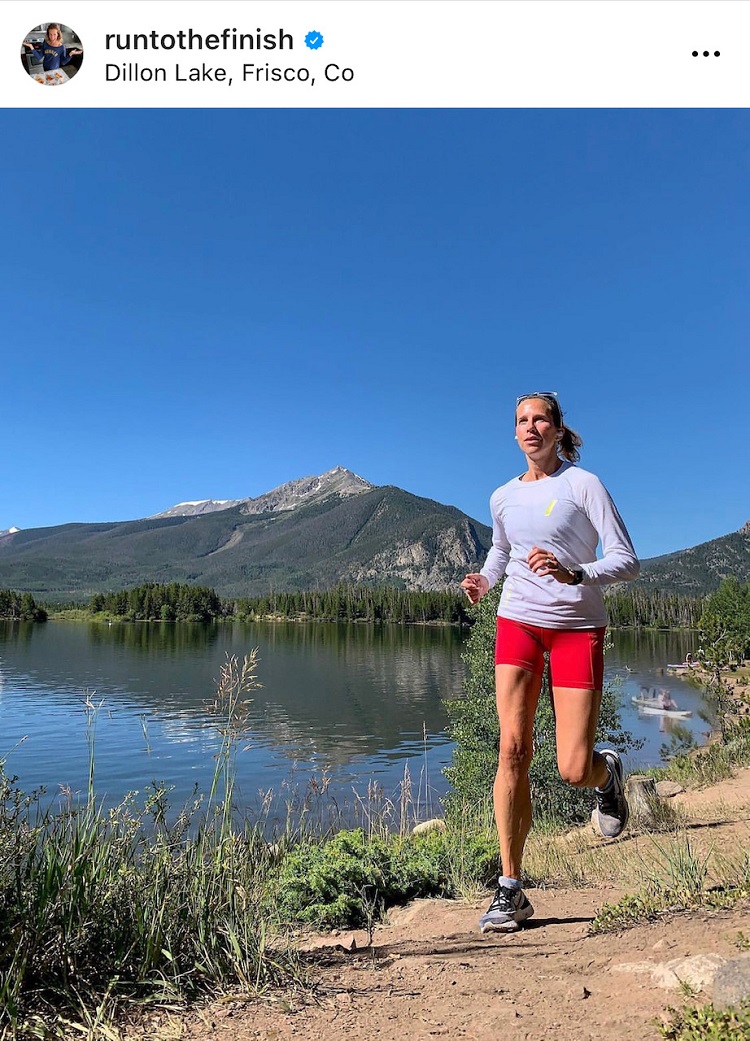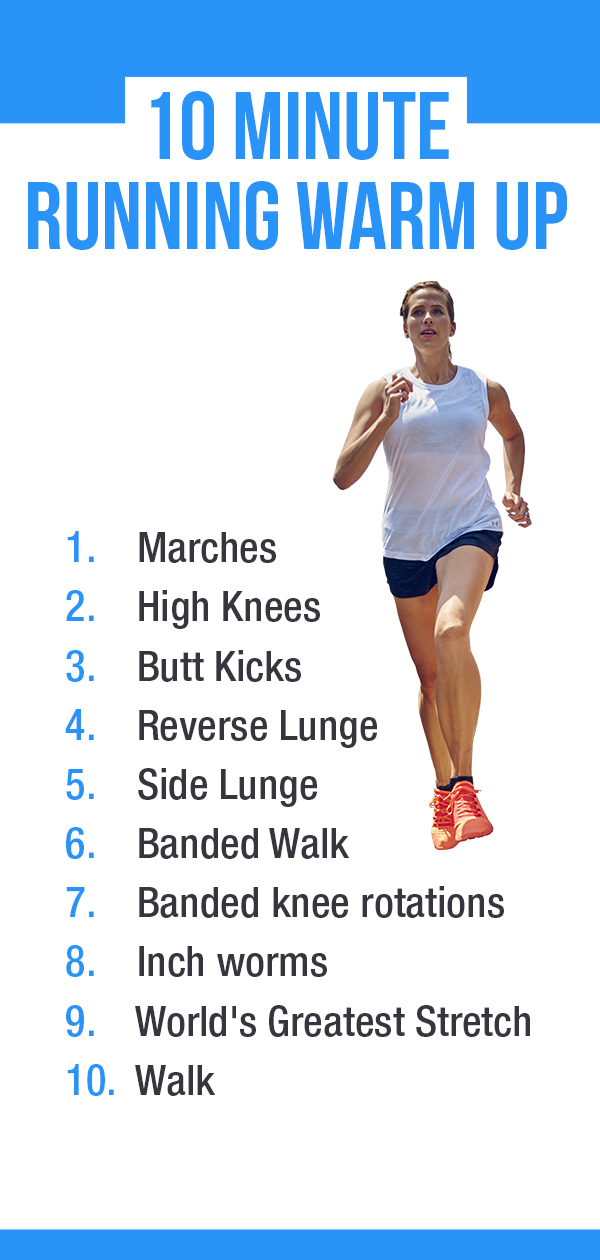How To Find Running Trails
To find running trails, utilize apps like AllTrails or Trailforks for location-based recommendations. Explore local parks and greenways for options.
When it comes to staying active and enjoying nature, running trails provide the perfect combination. Running on trails not only boosts physical health but also offers a meditative and peaceful experience amidst natural surroundings. With the rise in popularity of outdoor activities, finding running trails has become easier thanks to various digital platforms and community resources.
Whether you are a seasoned trail runner or a beginner looking to explore new paths, there are plenty of options available for all skill levels. Let’s delve into the world of running trails and discover the benefits they provide for both mind and body.

Credit: www.traillink.com
Benefits Of Running Trails
Discover the advantages of running trails and enhance your outdoor exercise routine. Uncover running trails near you easily with these helpful tips and enjoy the benefits of natural surroundings, varied terrain, and a refreshing change from indoor workouts.
Benefits of Running Trails Running trails offer a plethora of benefits for mental and physical well-being, encouraging outdoor exercise and connecting with nature. These trails provide an ideal setting for an invigorating workout while enjoying the beauty of the natural surroundings. Boosts Mental and Physical Health Running on trails enhances cardiovascular health, strengthens muscles, and improves endurance. Additionally, the uneven terrain of trails activates a broader range of muscles, promoting overall fitness. The serene environment of the trails is known to reduce stress and anxiety, benefiting mental well-being. Running amidst nature can also boost creativity and clarity of mind. Opportunity for Outdoor Exercise Trails present an excellent opportunity for outdoor exercise, allowing runners to escape the confines of gyms and crowded urban areas. The natural variations in incline and surface of the trails offer a more challenging and dynamic workout compared to treadmill running. Moreover, running amidst nature provides a holistic experience that rejuvenates the mind and body. In summary, running trails provide a host of benefits for both physical and mental health. From improving cardiovascular fitness to offering an opportunity for outdoor exercise, trails serve as a gateway to holistic well-being and a deeper connection with nature.
Credit: www.polar.com
Researching Running Trails In Your Area
Discovering running trails in your local area can be exciting and rewarding. Use online platforms or apps to explore trail maps, read user reviews, and find information about distance and difficulty levels. Additionally, consider joining local running groups to get personalized recommendations and meet fellow enthusiasts.
Use Online Mapping Tools
Online mapping tools can help locate running trails’ exact locations and distance. Check platforms like Google Maps or AllTrails for easy access to trail information. Use filters to find trails that match your preferences, such as difficulty level or terrain type.Ask Local Running Communities
Connect with local running groups to gather insider tips on the best trails in the area. Communities on platforms like Facebook or Strava often share recommendations and route details. Ask questions and seek advice from experienced runners in your neighborhood.Criteria For Choosing A Running Trail
Discovering the ideal running trail involves considering factors like terrain, distance, scenic views, and accessibility. Research local parks or use apps to find trails that suit your fitness level and goals. Evaluate trail surfaces, elevation changes, and safety precautions before lacing up your running shoes.
Length And Difficulty
When choosing a running trail, consider the length and difficulty level to match your fitness goals and preferences. Ensure the trail’s length aligns with your endurance and time constraints. Choose a difficulty level that challenges you without causing undue strain.Safety Precautions
Prioritize safety by taking necessary precautions before hitting the trail. Wear appropriate footwear and reflective gear for visibility. Carry a phone for emergencies and inform someone of your route. Stick to well-populated trails and avoid isolated areas for added security.Tips For Navigation And Trail Running
When it comes to navigating running trails, it’s crucial to be equipped with the right tools and knowledge. Whether you’re a seasoned trail runner or new to the sport, these tips for navigation and trail running will help you stay on course and enjoy your outdoor adventures.
Follow Trail Markers And Signs
Trail markers and signs are your best friends when it comes to staying on course during a trail run. Keep an eye out for colored blazes, signage, and markers that indicate the trail’s direction and distance. If you come across a trail intersection, look for signs that display the path options and distances. Following these markers will help you stay on the designated trail and prevent getting lost.
Carry A Map And Compass
Carrying a map and compass is a fundamental practice for trail running and navigation. A detailed map of the trail system you are running on can provide valuable information about landmarks, elevations, and intersections. Pair your map with a compass to orient yourself in the right direction. Even if you use a GPS device, having a physical map and compass as a backup is essential in case of technology failure or signal loss.
Maintaining Safety On Running Trails
Discovering diverse running trails is the key to maintaining safety. Research online, use running apps, and seek recommendations from local runners. Prioritize well-marked paths with clear trailheads for a secure and enjoyable running experience.
Run With A Buddy Or Let Someone Know Your Route
Running trails can be a serene and invigorating way to exercise, but ensuring your safety is paramount. One of the best ways to stay safe on running trails is to run with a buddy or to let someone know your route. This way, you’ll have someone watching out for you or aware of where you are in case of an emergency. Running with a companion can be a motivating and enjoyable experience, not to mention the added safety it provides. If running alone, inform a family member or friend about your intended route and estimated duration of your run. It’s always better to be safe than sorry.Carry Identification And Emergency Contact Info
Accidents can happen even on the most well-maintained running trails, so being prepared is crucial. One way to do this is by carrying proper identification and emergency contact information with you. This can be in the form of a driver’s license, an ID card, or a wearable ID tag specifically designed for runners. If a medical emergency or unforeseen situation arises, having identification readily available can expedite the process of getting you the help you need. Include emergency contact information, such as a family member, friend, or even a local clinic, so that others can be contacted quickly in case of an emergency.Be Mindful Of Your Surroundings
When running on trails, it’s important to always be aware of your surroundings. This includes staying alert to any potential hazards, such as uneven terrain, tree roots, or branches. Keep an eye out for wildlife or any signs indicating potential dangers. Stick to well-marked trails and avoid venturing into unfamiliar or secluded areas alone. If you’re running with headphones, keep the volume low enough to still hear what’s happening around you. Being mindful of your surroundings ensures you can react quickly to potential dangers and stay safe during your run.Stay Hydrated And Sun-protected
Running on trails often means being exposed to the elements for longer periods of time. It’s essential to stay hydrated and protect yourself from the sun while on your run. Carry a water bottle or hydration pack with you and sip on fluids regularly to prevent dehydration. Apply sunscreen before heading out to protect your skin from harmful UV rays, even on cloudy days. Wearing a hat and sunglasses can also offer additional protection. Taking these simple steps will help you avoid heatstroke, sunburns, and other heat-related illnesses while enjoying your time on the trails. Remember, safety should always be a priority when running on trails. By following these guidelines, you can have a safer and more enjoyable running experience.
Credit: www.runtothefinish.com
Frequently Asked Questions For How To Find Running Trails
How Do I Find Running Trails Near Me?
Finding running trails near you is easy. You can use online maps and apps like Google Maps or TrailLink to locate nearby trails. You can also check with local running clubs or parks and recreation departments for recommendations.
What Are The Benefits Of Trail Running?
Trail running offers numerous benefits, such as increased cardiovascular fitness, improved mental well-being, reduced impact on joints, exposure to nature, and the opportunity to challenge yourself on varying terrains.
What Safety Precautions Should I Take When Running On Trails?
When running on trails, it’s important to prioritize safety. Wear proper running shoes, carry identification, use sunscreen and bug repellent, take a friend or tell someone your planned route, watch out for uneven terrain and obstacles, and be mindful of wildlife and weather conditions.
Conclusion
Finding the perfect running trail can be a rewarding experience, allowing you to connect with nature and get a great workout. By using online resources, seeking recommendations from fellow runners, and exploring local parks, you can discover a variety of trails that suit your preferences.
Remember to prioritize safety and environmental conservation, and enjoy the journey!






